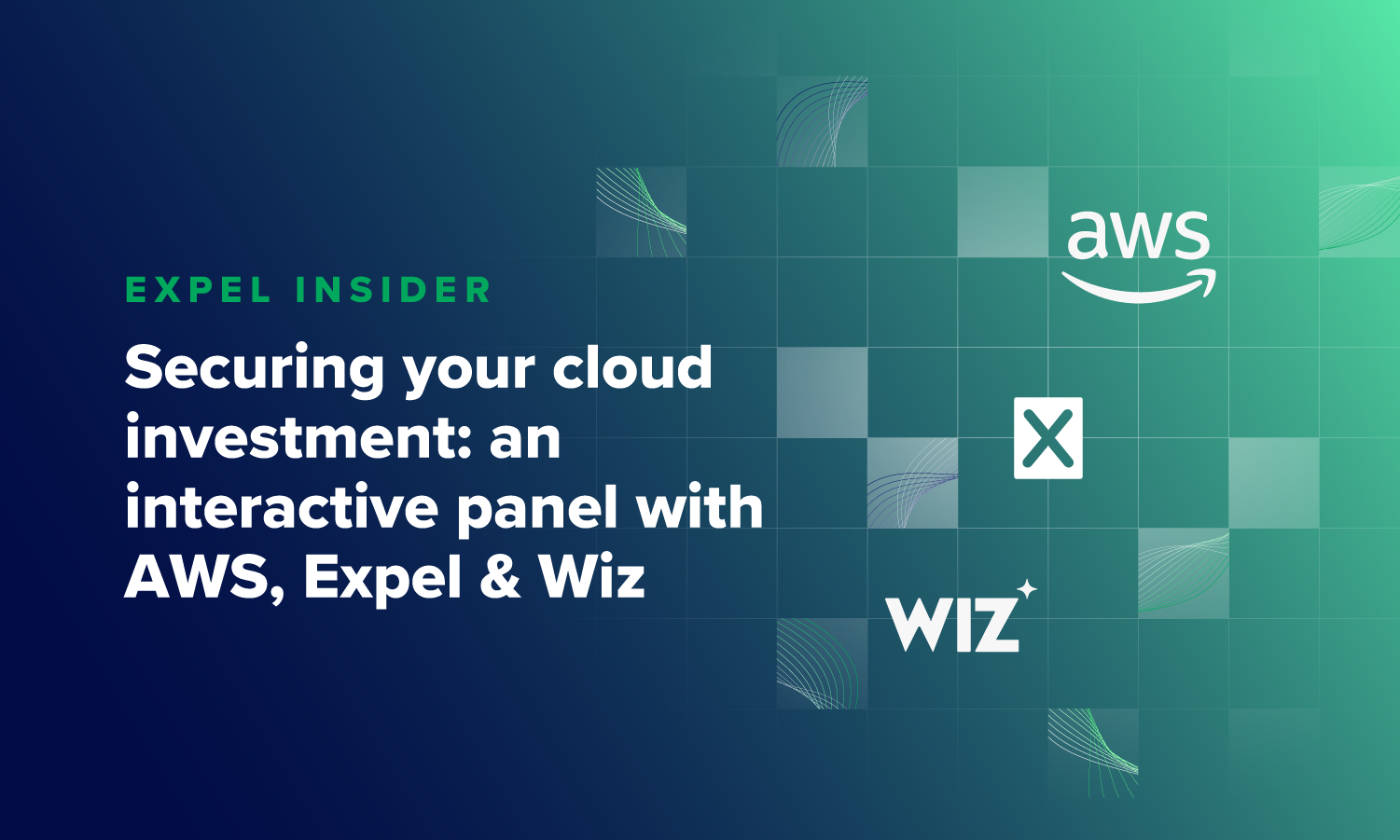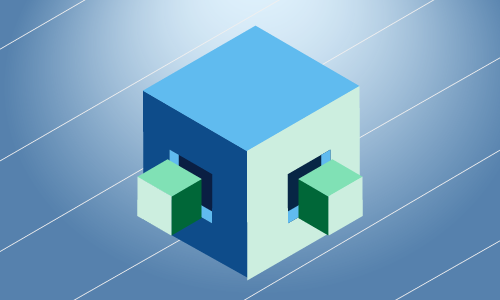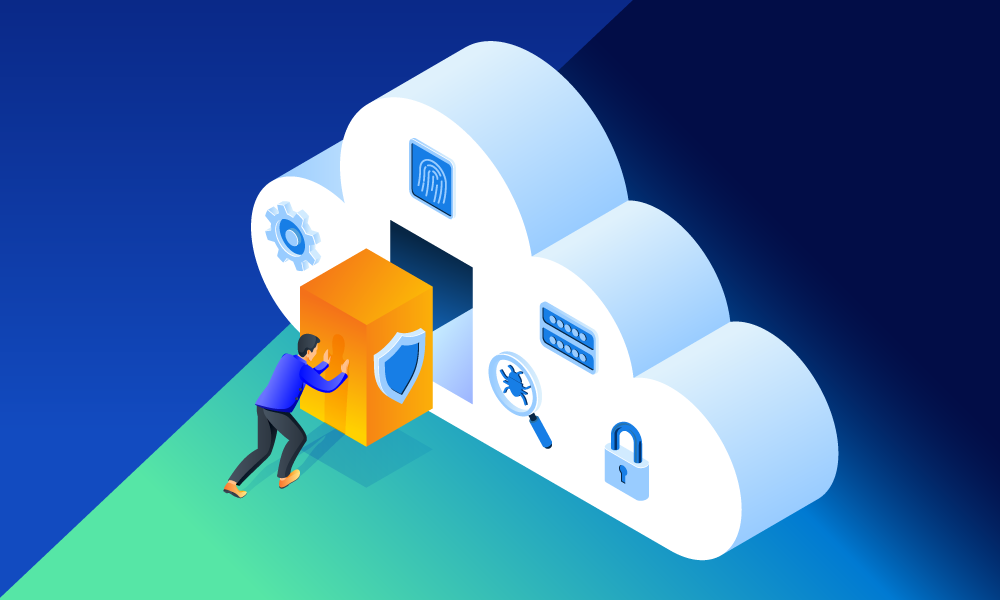Software-as-a-service security or SaaS security involves the methods, technologies, and protocols designed to safeguard cloud-hosted applications and their data from unauthorized access and cyber attacks. As businesses increasingly depend on software-as-a-service solutions for vital operations, securing these cloud platforms is crucial. In contrast to conventional on-premise software, the contemporary SaaS environment presents significant—and sometimes overwhelming—security challenges.
Incident response teams regularly observe that misconfigured SaaS security settings are among the top entry point for threat actors.
SaaS security … the who and why
Modern businesses rely heavily on cloud-based software services (SaaS) like Slack, Salesforce, and Microsoft 365 to power their core operations. Since these platforms handle sensitive data and critical business processes, securing them is essential to protect an organization’s digital assets and maintain business continuity.
Enterprises typically use dozens or even hundreds of SaaS applications, creating a vast attack surface for cybercriminals. Threat actors target SaaS environments because they often contain valuable business data and can serve as entry points into broader corporate networks. The challenge? Many organizations struggle to maintain visibility and control across their expanding SaaS ecosystem. One example—Shadow IT has evolved where any employee with a credit card can bypass IT departments to instantly set up unauthorized cloud services, SaaS tools, or digital solutions. This creates significant risks around security, compliance, and costs, while making it harder for organizations to maintain control over their technology environment.
How SaaS security works
SaaS security operates on multiple levels, each addressing different aspects of cloud application protection. Key areas include:
Threat detection
SaaS security threat detection monitors user behavior, data movement, authentication patterns, and API usage to identify suspicious activities that could indicate security breaches or data theft.
Identity and access management (IAM)
The foundation of SaaS security begins with controlling who can access what through strong authentication methods, role-based access control (RBAC), single sign-on (SSO), attribute-based access control (ABAC) for granular permissions, and regular access reviews to prevent unauthorized usage, while advanced IAM solutions incorporate adaptive authentication and continuous verification.
Data protection
SaaS applications process and store sensitive business data in the cloud. Organizations must ensure their data is protected, categorized correctly, and follows applicable regulations. They must maintain control over data sharing, export procedures, and implement encryption both in transit and at rest. This includes managing data retention policies and backup procedures.
Configuration management
Security misconfigurations in SaaS applications can lead to data exposure or unauthorized access. Regular security assessments and configuration monitoring help maintain a strong security posture across all cloud services. This includes tracking changes, implementing security baselines, and ensuring compliance with organizational policies. Effective configuration management requires a systematic approach. Organizations should implement automated configuration scanning tools that continuously monitor for deviations from security baselines. These tools should check for common misconfigurations such as overly permissive sharing settings, weak password policies, disabled security features, and unauthorized third-party app integrations.
Best practices for configuration management include maintaining detailed documentation of approved configurations, implementing change control processes, and conducting regular configuration audits. Organizations should also establish a configuration management database (CMDB) to track relationships between various SaaS applications and their dependencies. This helps ensure that configuration changes in one application don’t inadvertently create security vulnerabilities in connected systems.
Security teams should implement automated alerting for critical configuration changes and maintain an audit trail of all modifications. This includes tracking who made changes, when they were made, and what specific settings were modified. Regular configuration reviews should be conducted with stakeholders from security, IT, and business units to ensure security controls align with both security requirements and business needs.
Third-party risk
The interconnected nature of SaaS applications means organizations must carefully evaluate and monitor third-party integrations and API connections that could compromise security. This includes conducting vendor security assessments and implementing strict controls over third-party access permissions.
Signs of SaaS security issues
Monitoring SaaS environments for security incidents requires vigilance and the right tools. Watch for these warning signs:
Unusual login patterns
Multiple failed login attempts, logins from unexpected locations, or access attempts outside normal business hours
Suspicious file activity
Unexpected mass downloads, uploads, or sharing of sensitive data
Configuration changes
Unauthorized modifications to security settings, permission changes, or new API integrations
Abnormal user behavior
Sudden changes in user activity patterns or accessing unusual amounts of data
SaaS security best practices
Protecting SaaS environments requires a comprehensive approach that addresses both technical and organizational aspects of security.
Essential SaaS security measures and best practices:
Implement strong authentication
Enable multi-factor authentication (MFA) across all SaaS applications and enforce strong password policies
Monitor user activity
Deploy cloud access security brokers (CASBs) or similar tools to track and analyze user behavior
Regular security assessments
Conduct periodic security reviews of SaaS configurations and user access rights
Data loss prevention (DLP)
Implement DLP policies to prevent unauthorized data sharing or exfiltration
Security awareness training
Educate employees about safe SaaS usage practices and common threats
Advanced SaaS security considerations
Security automation
Implement security orchestration and automation to streamline incident response and routine security tasks
Zero Trust architecture
Adopt a Zero Trust security model for strict identity verification
Continuous monitoring
Implement real-time security monitoring capabilities across your SaaS environment
SaaS security breach impact
The consequences of inadequate SaaS security can be severe for organizations:
Data breaches
Exposure of sensitive data, leading to regulatory fines and reputational damage
Business disruption
Compromised applications affecting critical business processes
Financial losses
Both immediate costs from incident response and long-term operational impacts
Compliance violations
Potential non-compliance with regulatory requirements
Future trends in SaaS security
The landscape of SaaS security is rapidly evolving, driven by emerging technologies and changing threat patterns. Several key trends are shaping the future of how organizations protect their cloud-based applications and data:
AI and machine learning integration
Artificial intelligence and machine learning are revolutionizing SaaS security. These technologies enable more sophisticated threat detection by analyzing patterns across massive datasets to identify potential security incidents. AI-powered security tools can detect anomalies in user behavior, predict potential threats before they materialize, and automate response actions to security incidents.
Machine learning algorithms are particularly effective at adapting to new threats and reducing false positives in security alerting. They can analyze user behavior patterns to establish baseline activity profiles and flag deviations that might indicate compromise. This technology is also being applied to automate security configurations and policy enforcement across complex SaaS environments.
Identity-centric security evolution
The traditional perimeter-based security model is giving way to identity-centric approaches that focus on continuous validation and strong authentication. This trend is driven by the increasing adoption of remote work and the growing complexity of SaaS ecosystems. Organizations are implementing advanced identity protection measures such as behavioral biometrics, contextual authentication, and continuous identity verification.
Security mesh architecture
Organizations are moving towards more flexible and adaptable security architectures that can scale with their SaaS environments. Security mesh architecture enables consistent security controls across distributed cloud services while maintaining flexibility for business needs. This approach allows organizations to implement security policies that follow data and users regardless of location or device.
Emerging technologies and approaches
Several other emerging trends are gaining traction in the SaaS security space:
Quantum-resistant encryption
Preparing for the era of quantum computing by implementing encryption algorithms that can withstand quantum-based attacks
Extended detection and response (XDR)
Unified security platforms that provide visibility and control across all cloud services
DevSecOps integration
Embedding security controls and testing throughout the development and deployment of SaaS applications
Privacy-enhancing computation
New technologies that enable data processing while maintaining privacy and confidentiality
Conclusion
SaaS security is a critical component of modern cybersecurity strategy. As organizations continue to adopt more SaaS solutions, maintaining strong security controls becomes increasingly important. Investment in robust SaaS security practices pays dividends through reduced risk, improved compliance, and enhanced business resilience in an increasingly digital world.




